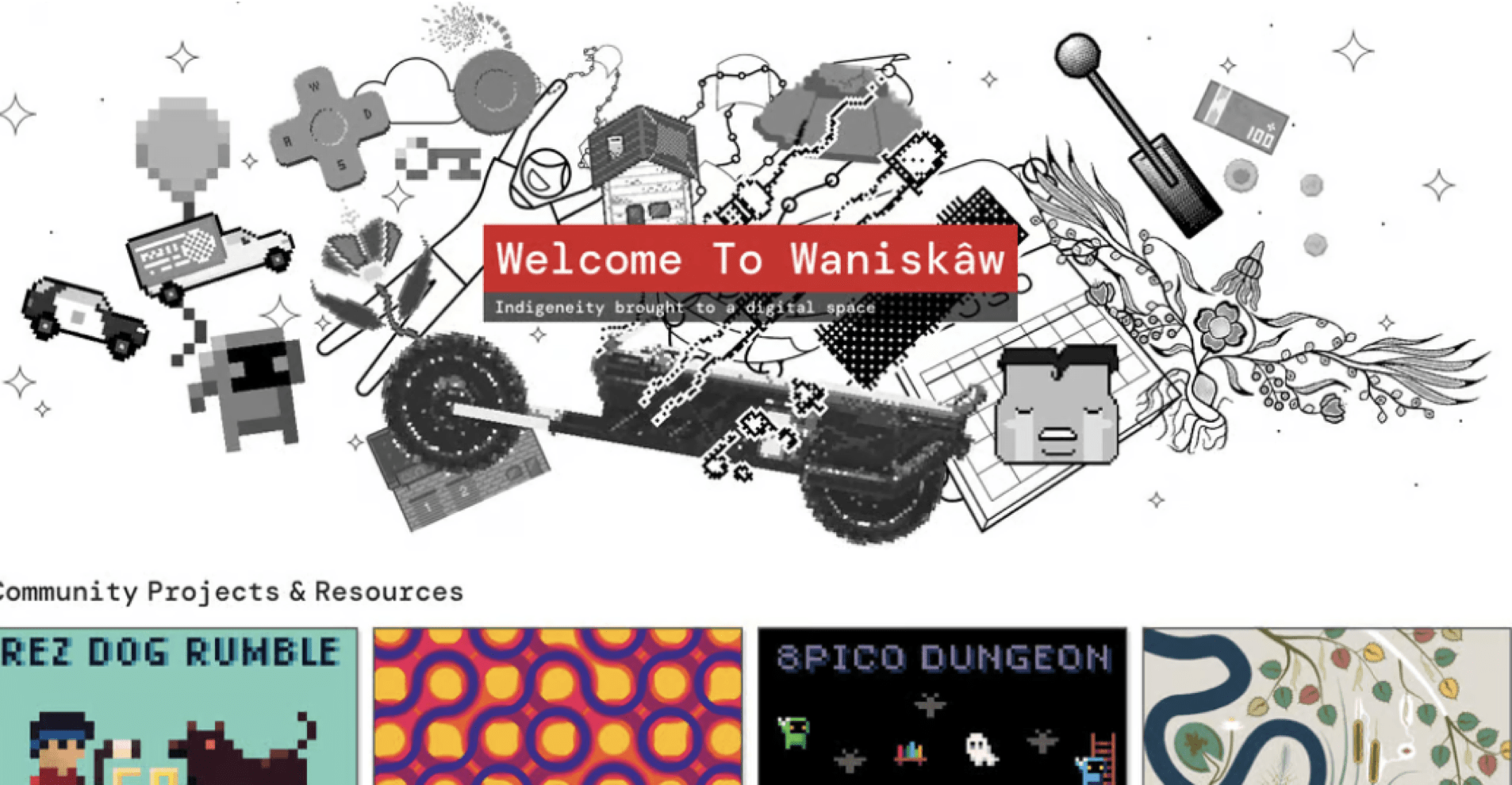This Victoria UX designer took home the grand prize

This Victoria UX designer took home the grand prize
Nodin Cutfeet, founder of Waniskâw, discusses the importance of tech design for Indigenous youth
Nodin Cutfeet has spent most of his life playing around with tech, he tells Victoria Tech Journal. He grew up fiddling with circuitry during his childhood in northwestern Ontario; coding with Python throughout high school in Victoria; and eventually entering his university career in interaction design at Vancouver's Emily Carr University. But Cutfeet, who is Cree from Kitchenuhmaykoosib Inninuwug, has since returned to Victoria and didn't anticipate that these experiences would lead to big wins in the tech community.
At the 2023 Vancouver UX Awards, Cutfeet's project, titled Waniskâw, took home the evening's top award of Best UX and was also awarded Best UX in the non-profit category. Waniskâw is an artistic tech platform for Indigenous youth, with a name that translates to "awakening" or "rising" in Cree. But there are many ways to communicate this sentiment in the language, and Cutfeet chose one that was apt for the mission of the platform.
"The one I went with moreso means to get out of bed," Cutfeet said. "Which I thought was funny, because when I was designing it, I was thinking about the experiences of these youth who grow up in remote communities. What do they have to look forward to, to get out of bed?"
In remote Indigenous communities, youth may not have many amenities to entertain themselves with: perhaps just a gas station, a grocery store, and an airport, said Cutfeet. While platforms such as Youtube are available, they're inaccessible — largely due to the bandwidth intensity and even the cost of a subscription for use. "[Those] don't work when you live in a fly-in community — where you can barely watch YouTube because the internet is so slow," he said.
Cutfeet consulted with Indigenous youth to co-create Waniskâw, a platform in its pre-development stage that aims to provide young people with online software and learning resources to write code and create digital art assets. While typical tech education focuses on career paths, he wanted to empower Indigenous youth to express themselves and their communities through the power of technology.
The open-source nature of Waniskâw would allow users to spend time developing the skills that they genuinely want, said Cutfeet. For example, if a user wanted to create a game, but they're not interested in coding, they can instead focus on creating asset packs — a personalized folder of images, audio, and animation — on top of an existing game someone else has created on the platform. "Just by changing the assets, they can change the experience. And then they can share that project back with the person who created [the game] in the first place and just inspire one another and work together in an asynchronous way."
The awards make for a more confident grant application, said Cutfeet. He's eyeing the Canada Art Council and is looking to partner with local Indigenous technology firm Animikii alongside groups that teach Indigenous youth tech skills. But most exciting for Cutfeet is seeing what youth will create with the platform.
"Something I really miss about the internet when I was a kid was all the Flash games that used to exist," said Cutfeet. "We're seeing Indigenous youth create media where it can spread beyond their geographic boundaries. I think it will be really interesting to see the little animations and the new versions of the Flash games, essentially, that they'll create with [Waniskâw]."
Additional Info
Media Contact : Victoria Tech Journal
Source : https://victechjournal.com/p/nodin-cutfeet-waniskaw-vancouver-ux-awards-indigenous-youth